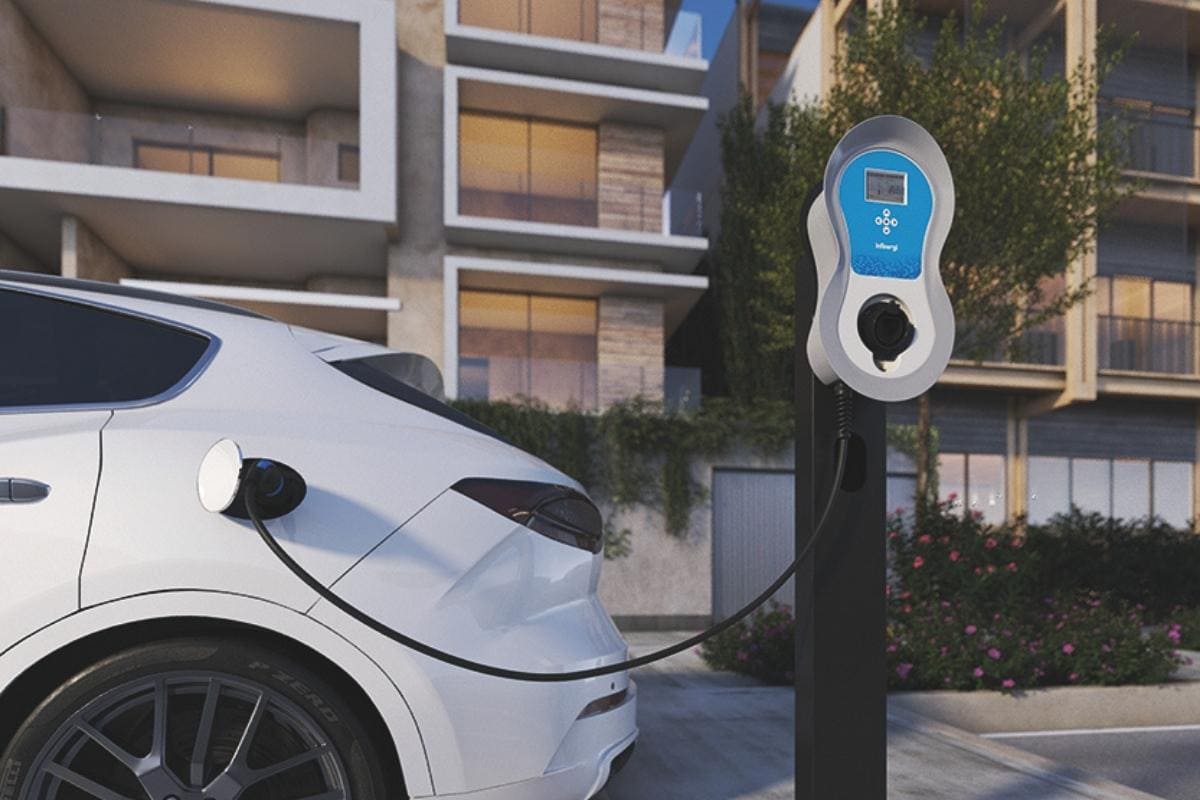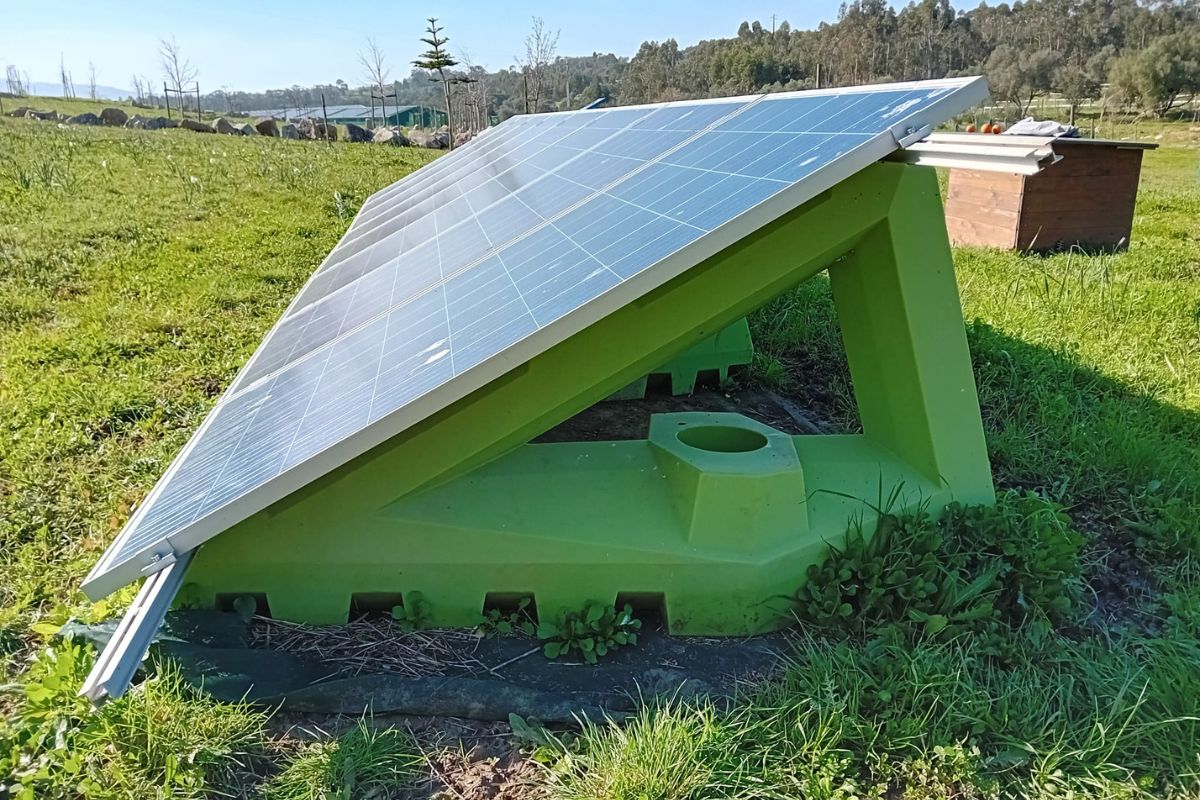Charging stations: everything you need to know

Charging stations are a fundamental component in the landscape of electric mobility, offering practical solutions for charging electric cars. With the increasing adoption of electric vehicles, the need for adequate infrastructure has become crucial to support the transition to more sustainable transportation. Charging stations come in various types and power levels, each designed to meet specific user needs. It is essential to understand not only the technical differences between the various solutions but also how these can impact charging efficiency and speed.
Beyond technical differences, the context in which charging stations are used must also be considered. Public charging stations are essential for those traveling long distances, while home charging points offer convenience for users who can charge their vehicle overnight. Being aware of one’s needs and the available options helps in making an informed choice among different types of charging stations, ultimately enhancing the overall user experience.
In summary, understanding the specifications of charging stations, from power to type, is essential to maximize the benefits of electric mobility. Technological advancements continue to introduce increasingly advanced solutions, promising a future where access to charging infrastructure will be more widespread and within everyone’s reach. Investing in knowledge about charging stations today means being prepared for the world of tomorrow.
Types of charging stations
In the world of electric cars, charging stations play a crucial role in ensuring efficient and practical vehicle use. There are various types of charging stations, each with characteristics and specifications designed to meet different needs.
The main types include home, public, and fast charging stations.
- Home charging stations, often installed in private residences, provide a convenient solution for overnight charging or when the car is not in use. These solutions are generally more affordable and easy to use.
- Public charging stations, on the other hand, are located in strategic urban areas such as parking lots, shopping centers, and service stations. They offer higher power compared to home chargers, enabling faster charging. These stations are essential for those who travel long distances or do not have access to a private charging station.
- Finally, fast charging stations or superchargers are ideal for those who need a quick recharge during long trips. They can charge a battery up to 80% in less than an hour thanks to their high power, which can range from 50 kW to over 350 kW. However, frequent use may impact the lifespan of an electric car battery.
The different types of charging stations provide a wide range of options for electric vehicle users, allowing them to choose the best solution for their daily and occasional needs.
How charging stations work
Electric vehicle charging stations are essential devices for the energy supply of battery-powered vehicles. These charging stations operate through a direct connection between the electrical grid and the vehicle, enabling the transfer of energy needed to power the batteries. Depending on the type of station, the power output may vary, affecting the vehicle's charging time.
There are primarily three categories of charging stations: home, semi-public, and public. Home charging stations are typically installed in private residences and provide lower power output compared to other types, making them ideal for overnight charging. Semi-public stations are located in spaces such as corporate parking lots or shopping centers, offering medium power suitable for shorter charging sessions. Finally, public charging stations are found along roads or in urban areas and usually provide high power for fast charging.
The operation of charging stations is quite simple: the user connects the cable to the vehicle’s port and the station’s terminal. Next, the charging process must be initiated via a mobile app or an RFID card provided by the charging network operator. During charging, electrical energy is converted from alternating current (AC) to direct current (DC) if necessary, ensuring that the car’s battery receives the appropriate type of energy.
Modern charging stations also feature smart systems that monitor charging status, automatically adjust power output based on the battery’s remaining capacity, and can interact with home or business energy management systems to optimize consumption.
Nexus charging stations: Made in Italy quality
Among the various solutions available on the market, Nexus charging stations stand out for their quality, versatility, and reliability. Designed in collaboration with Semar, which handles the electronic components, these stations are entirely designed and manufactured in the Marche region of Italy. Nexus Srl contributes by producing the plastic components, ensuring durable and weather-resistant materials.
Nexus charging stations are available in different configurations to meet every need:
- Version with cable: already equipped with a charging cable for direct connection to the vehicle.
- Version without cable: compatible with separate cables, offering greater flexibility to the user.
- Wall-mounted installation: ideal for private homes, businesses, or covered parking areas.
- Pole-mounted installation: perfect for public spaces or outdoor corporate areas.
Thanks to their modular structure and the use of high-quality plastics, Nexus charging stations are designed to ensure efficiency and reliability, helping to make electric mobility increasingly accessible and sustainable.








